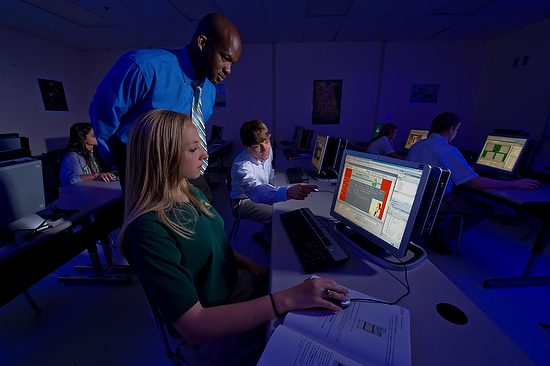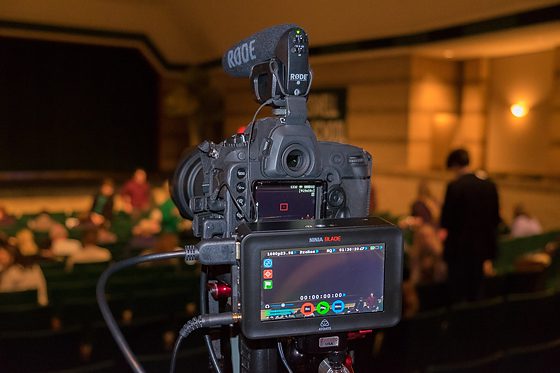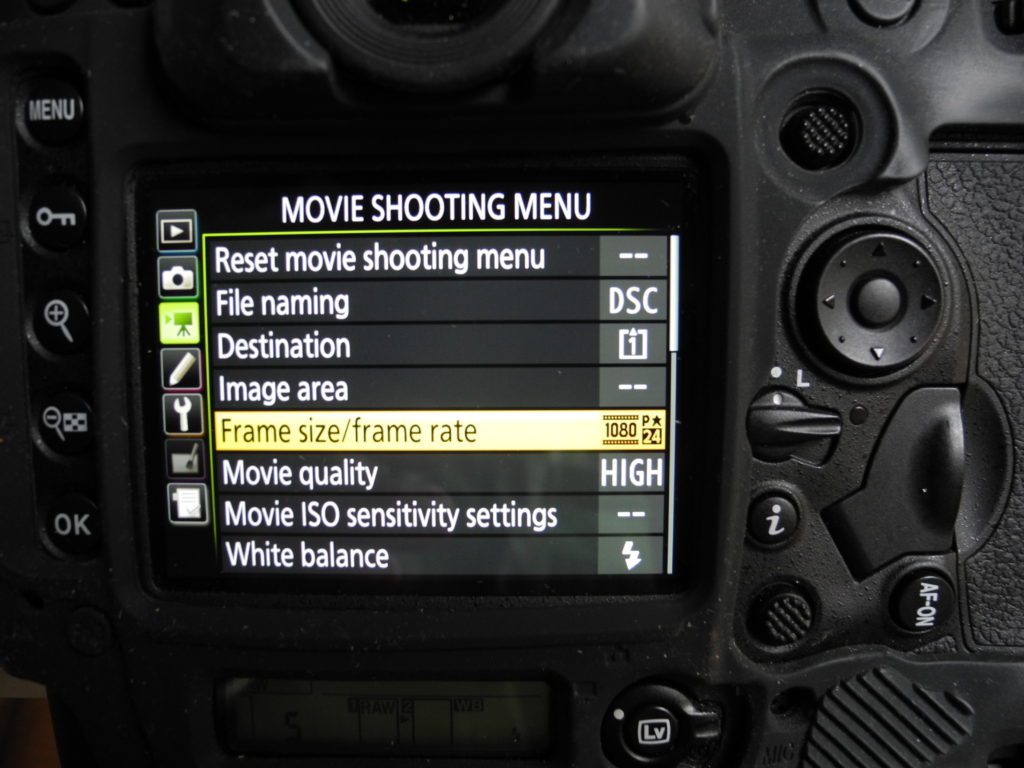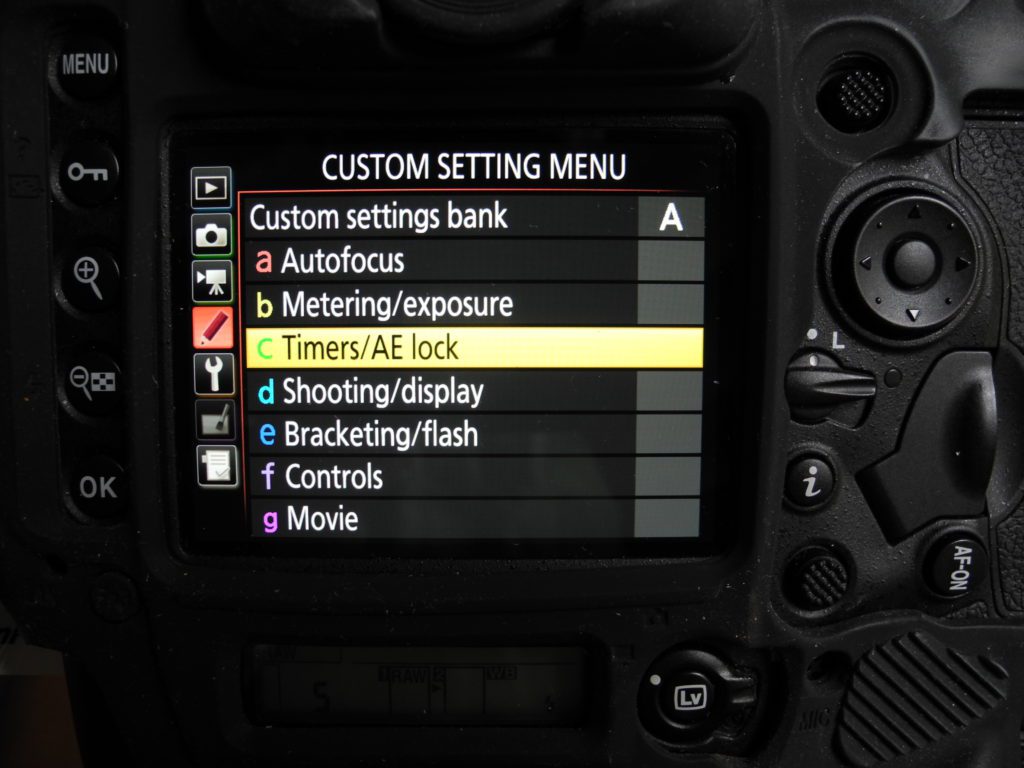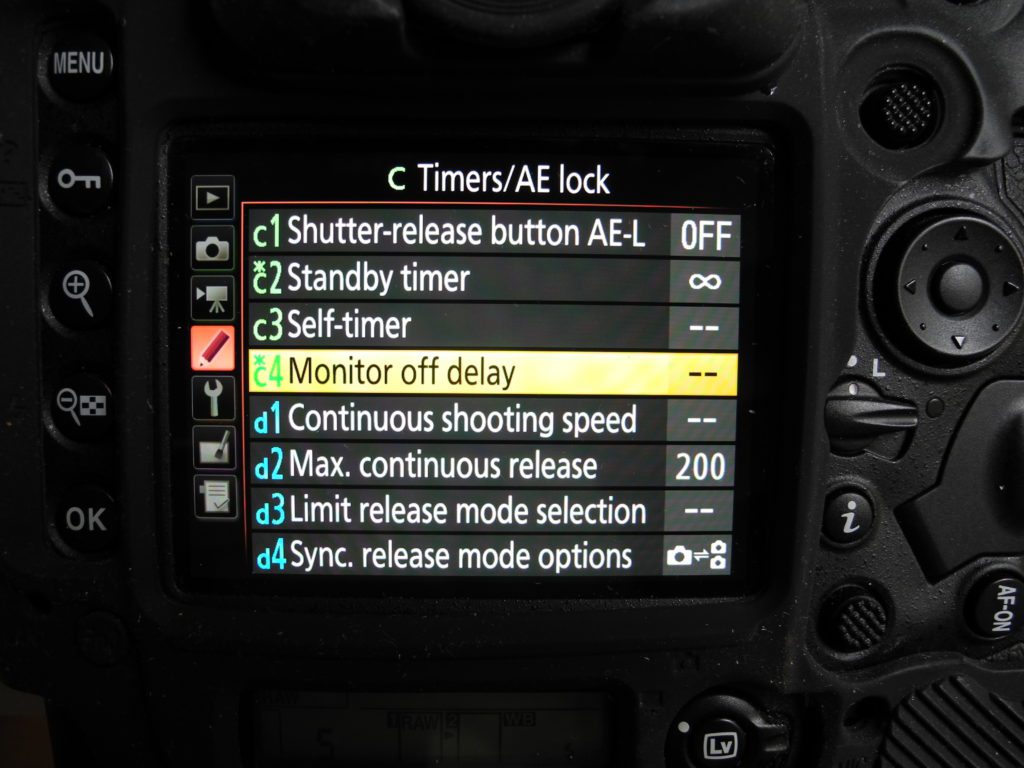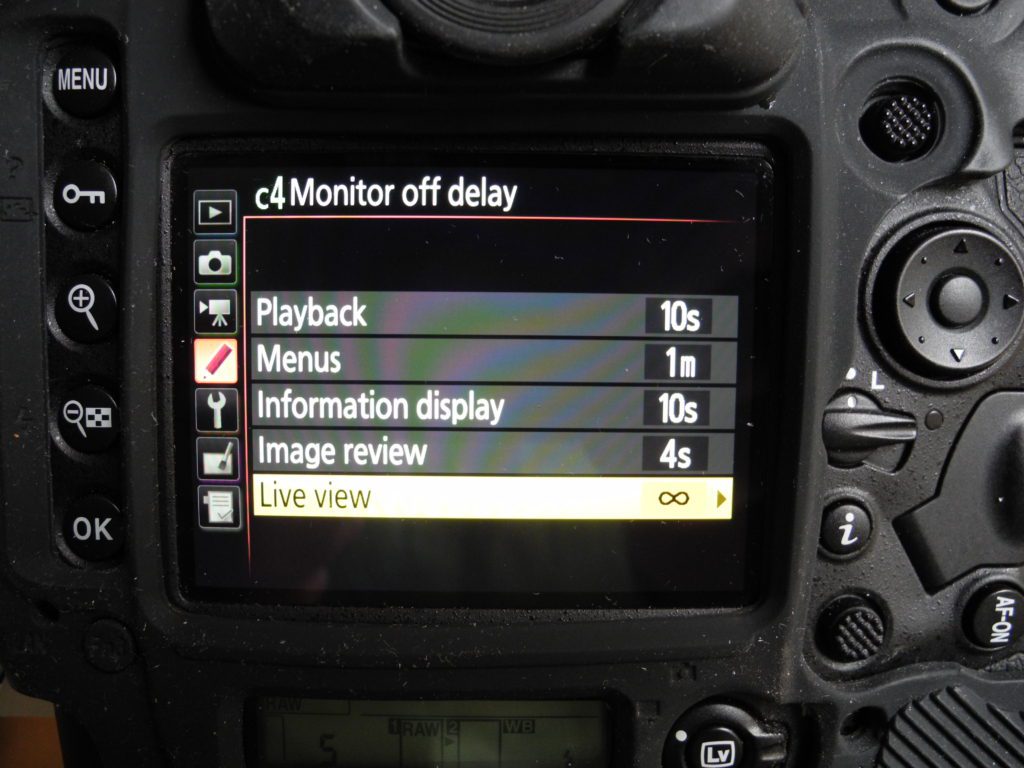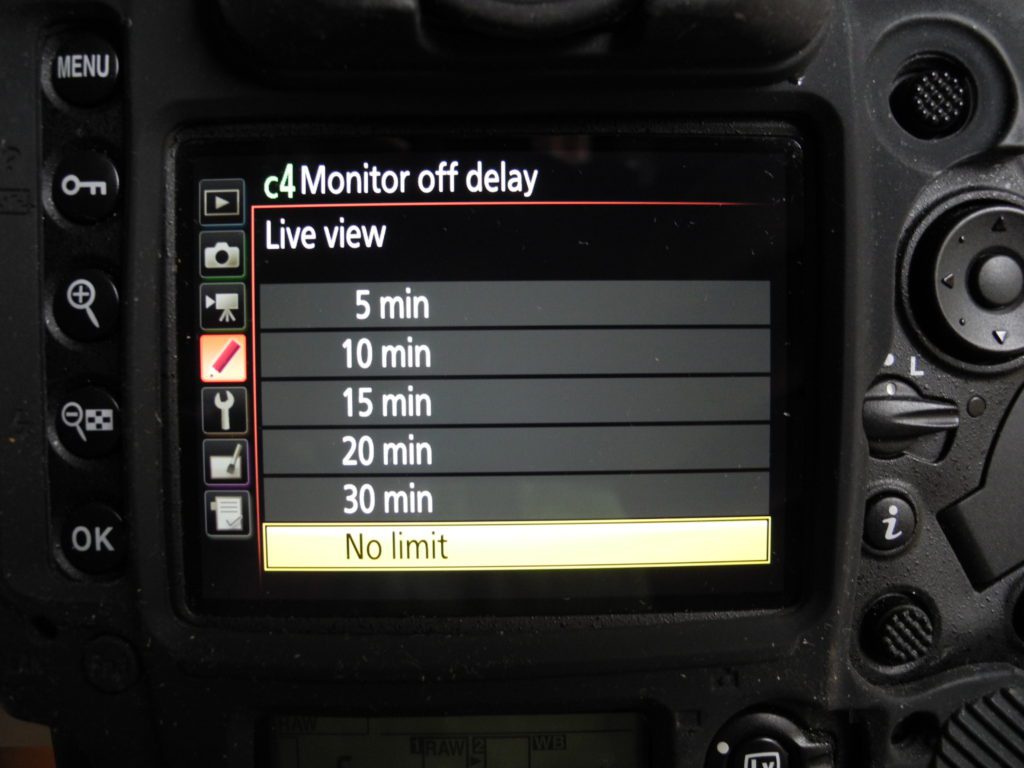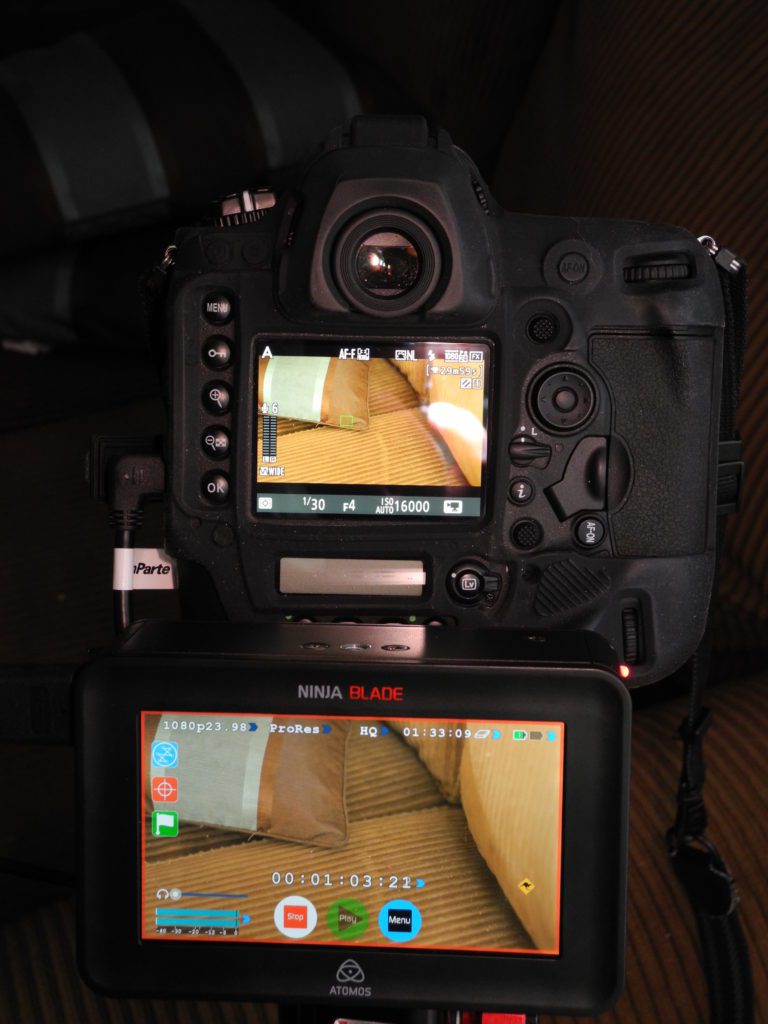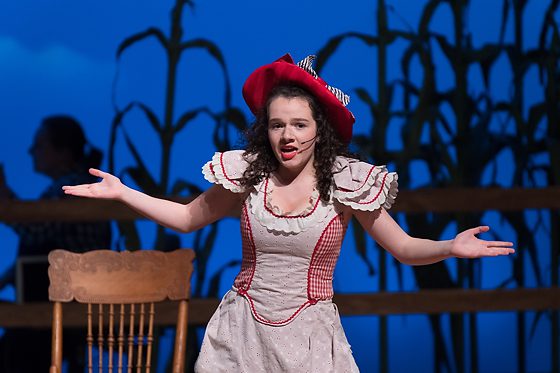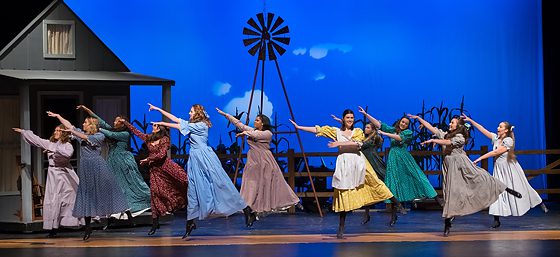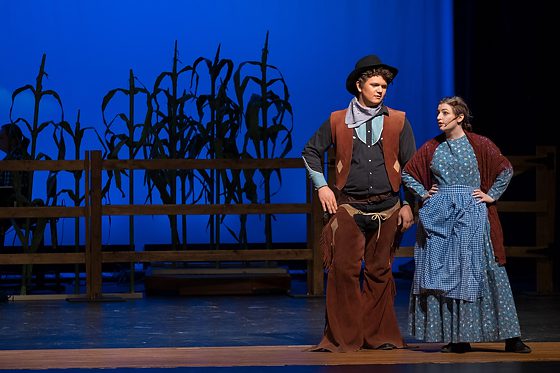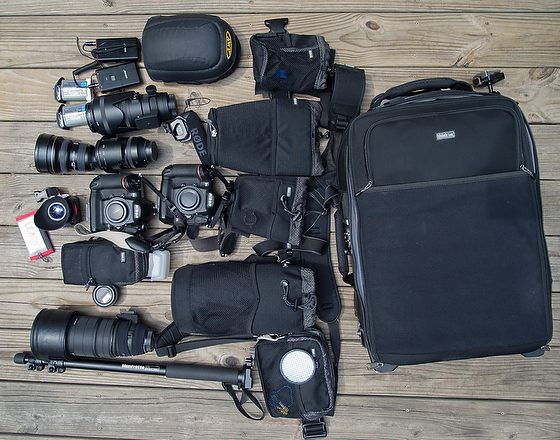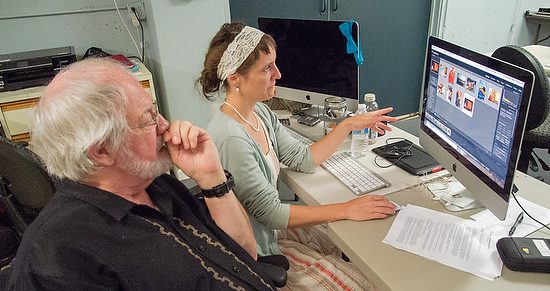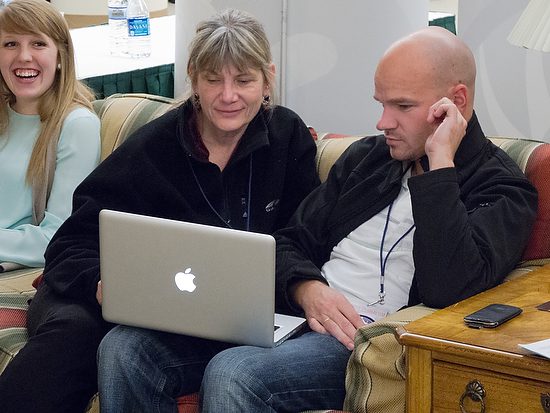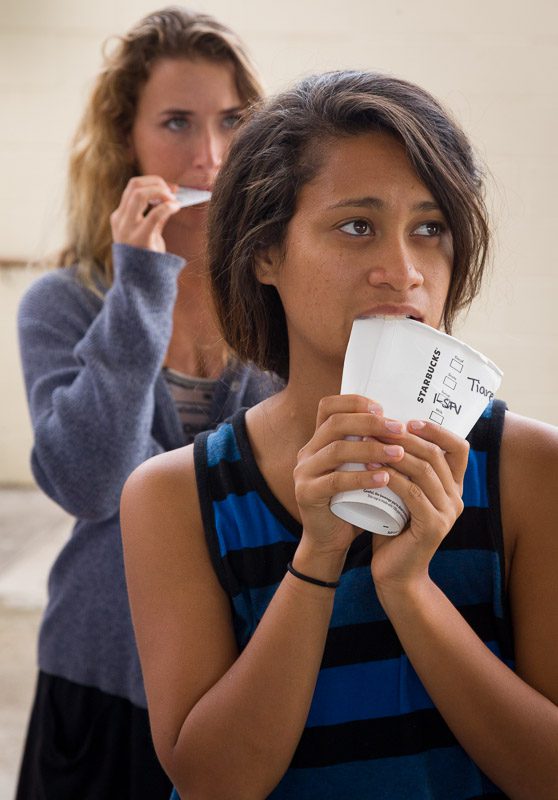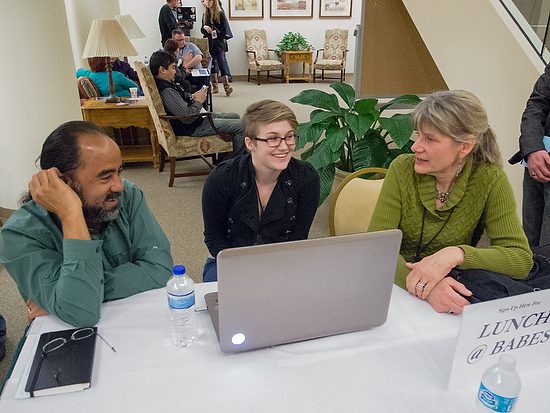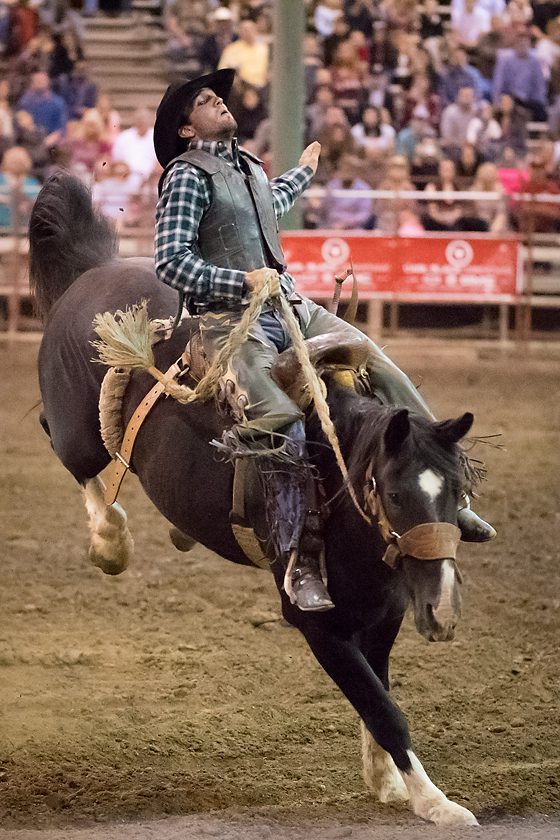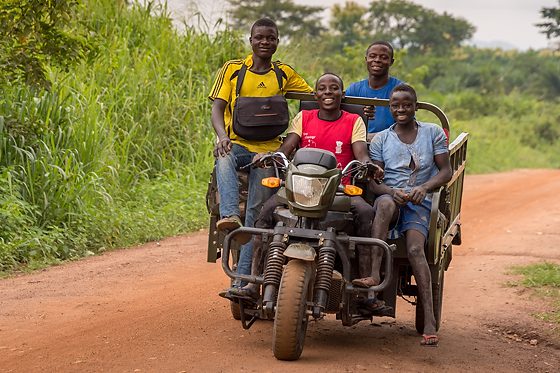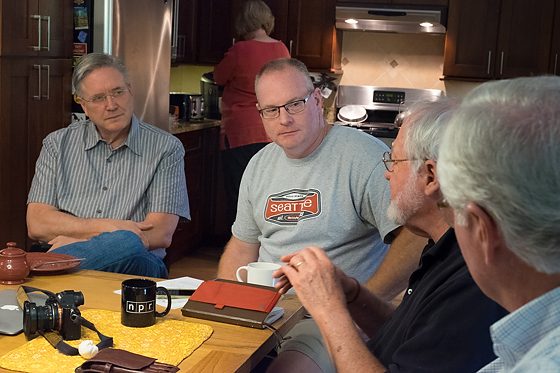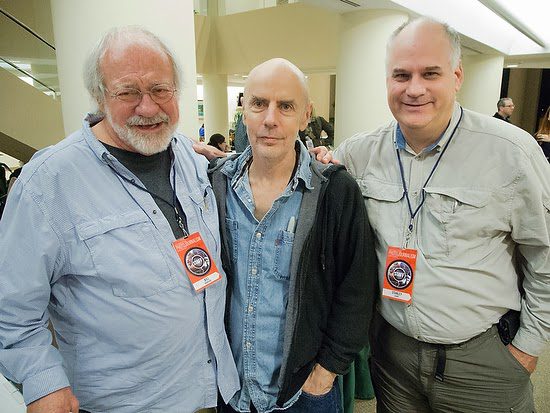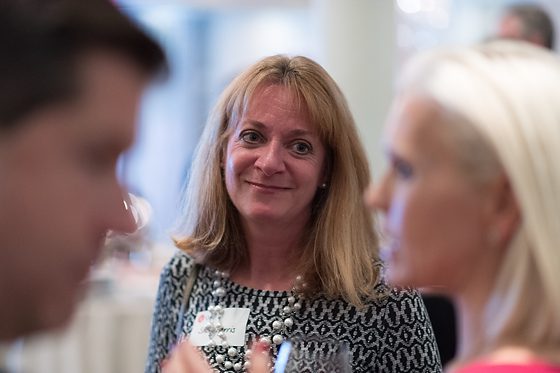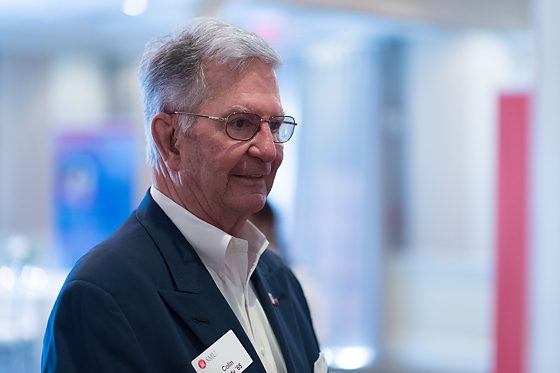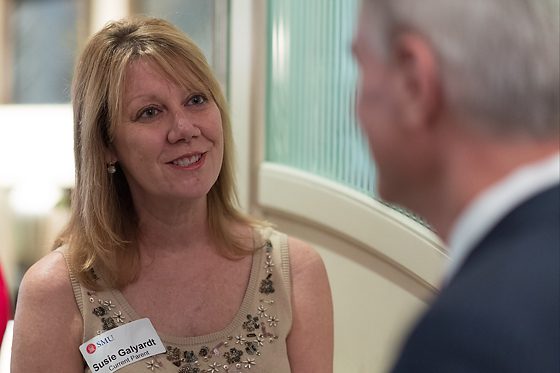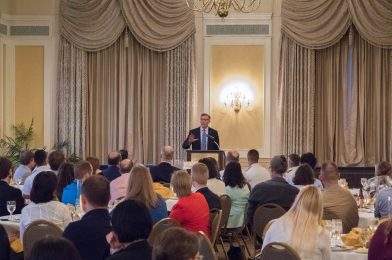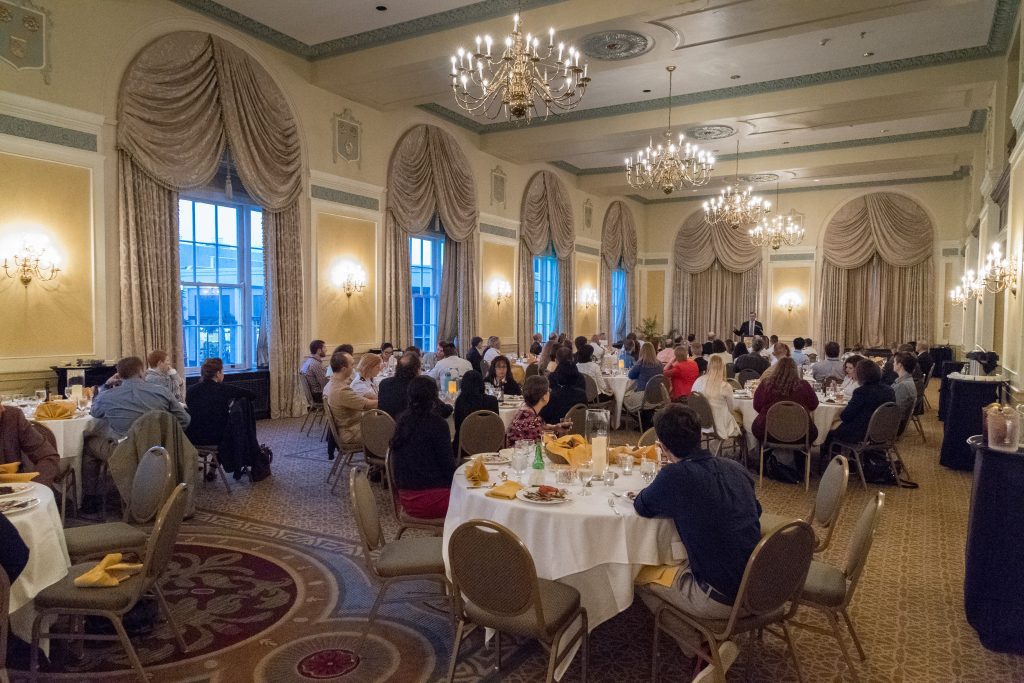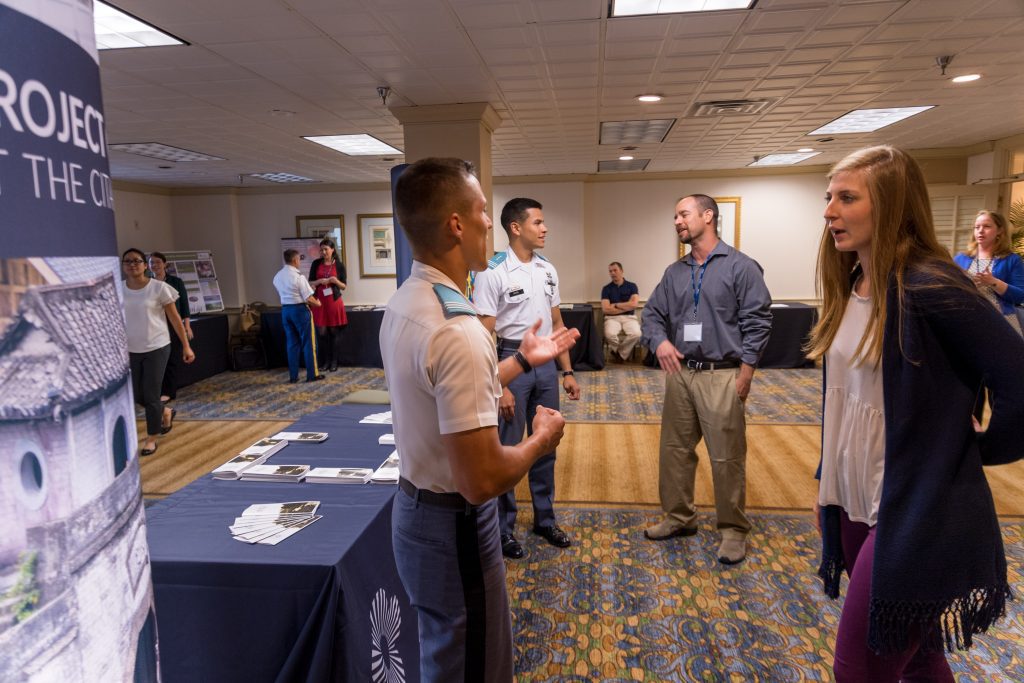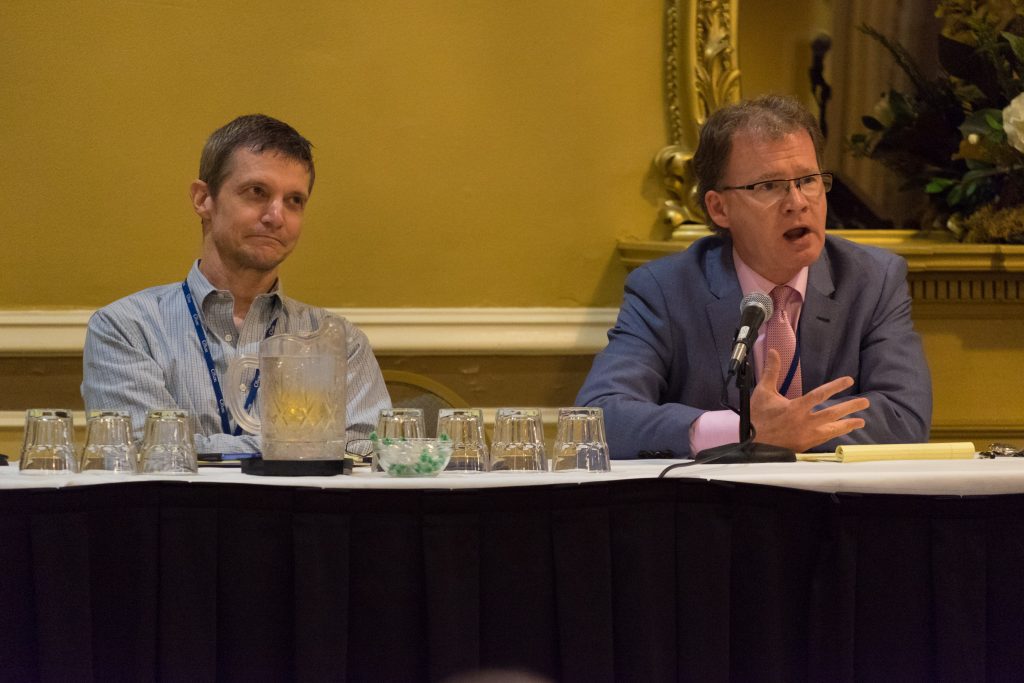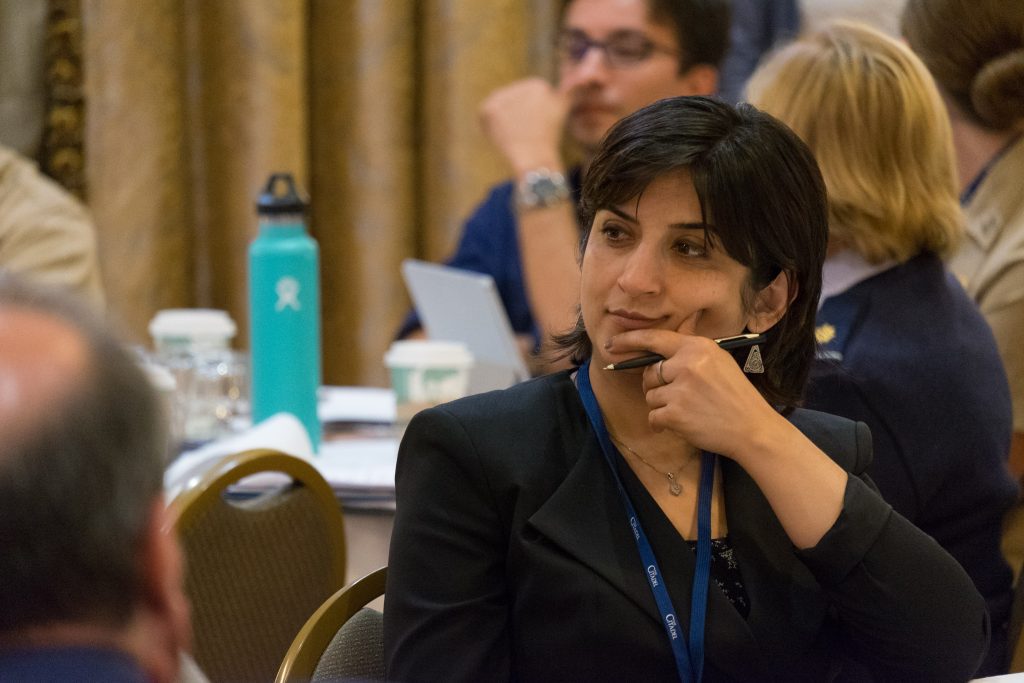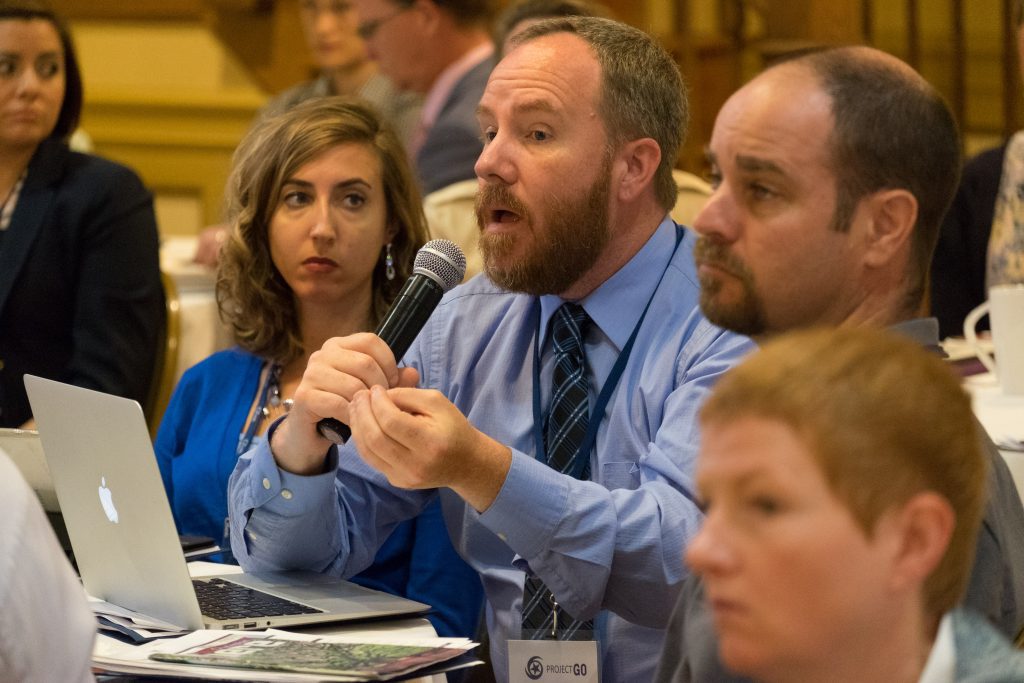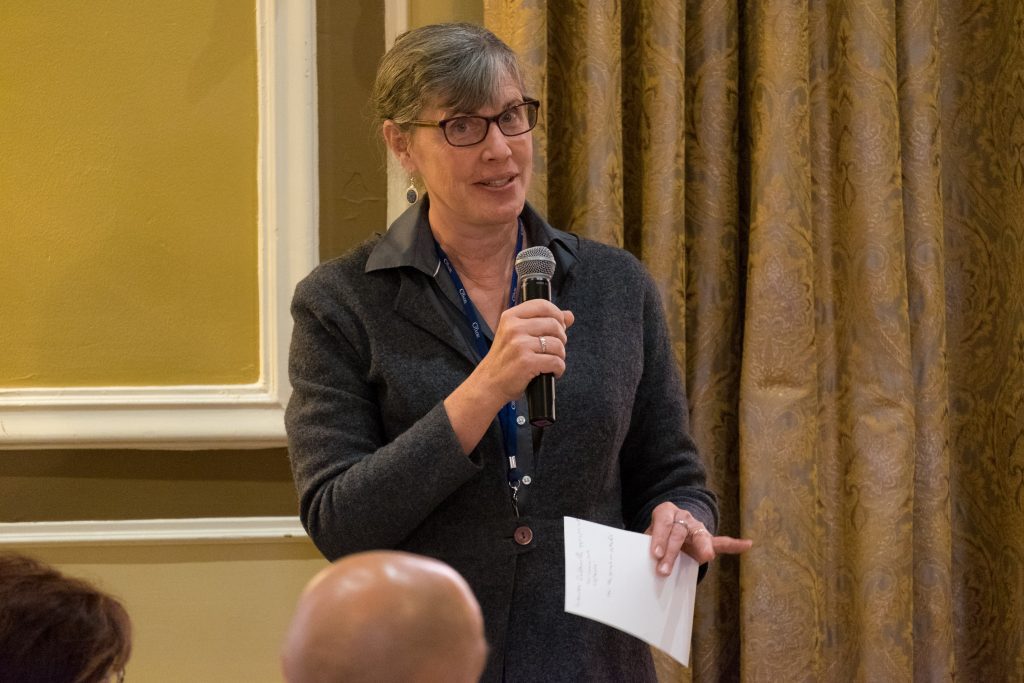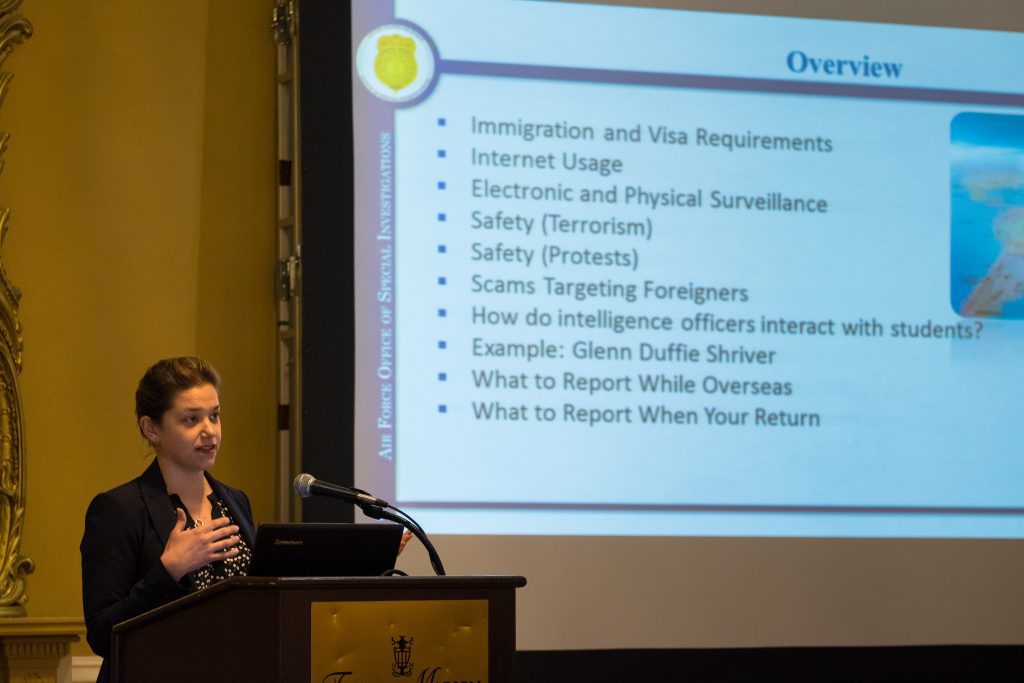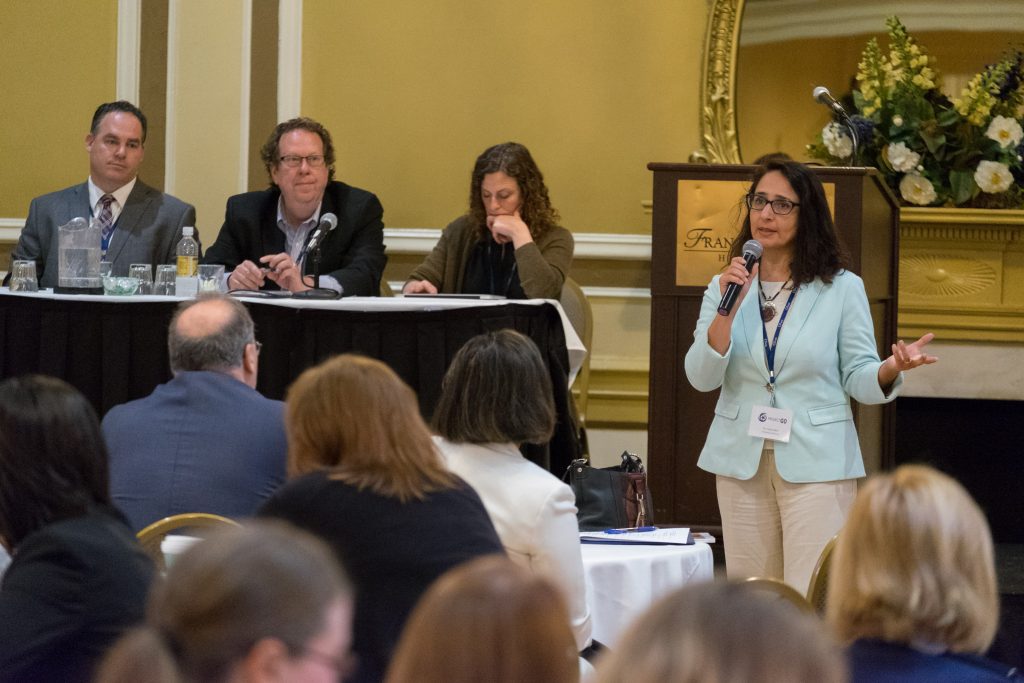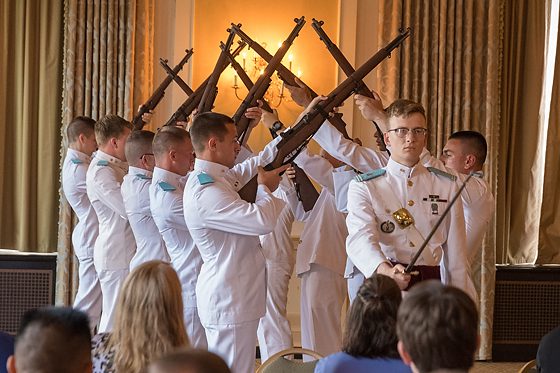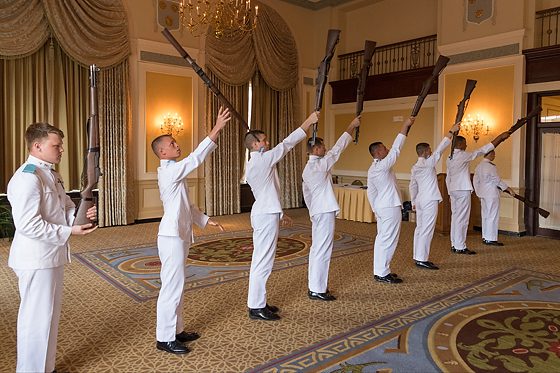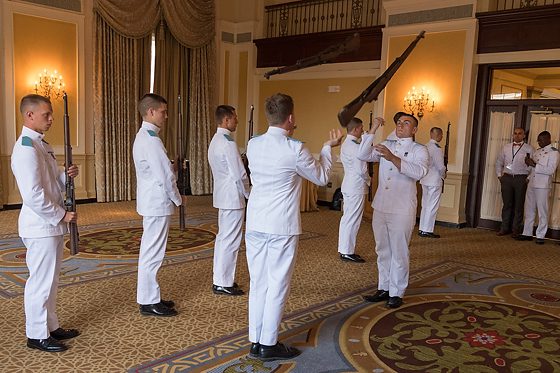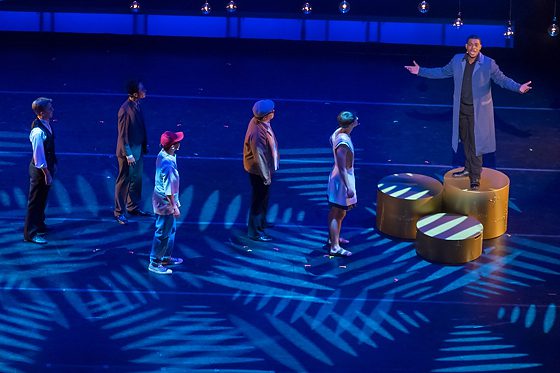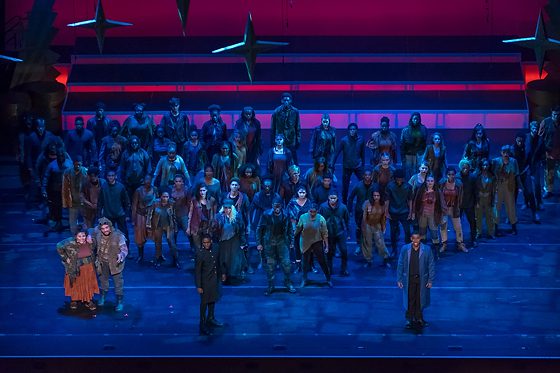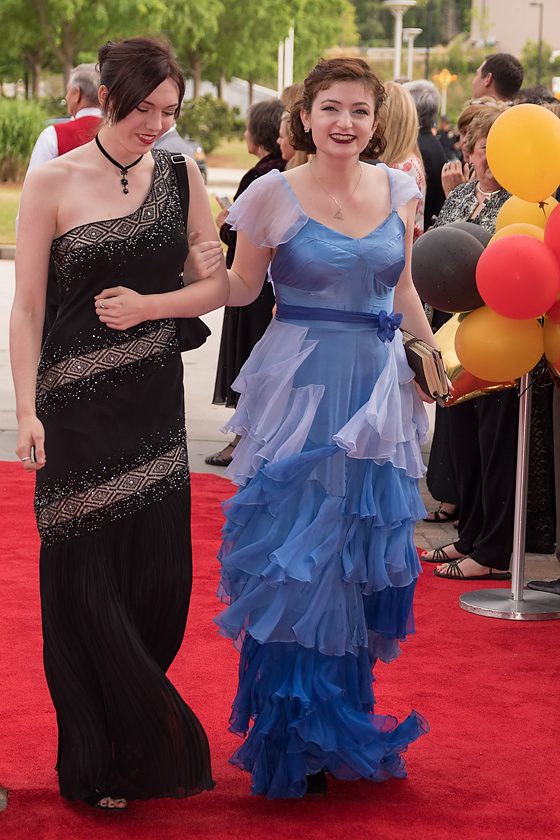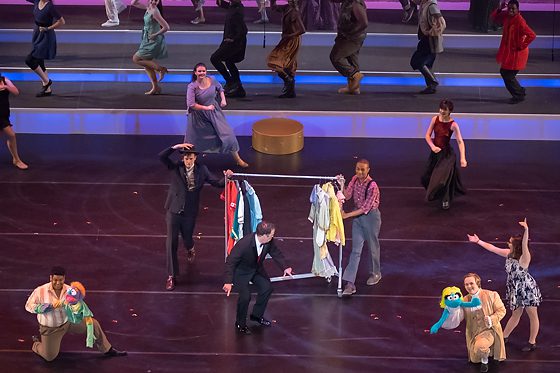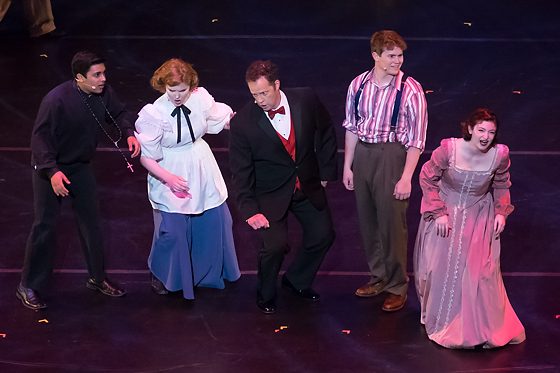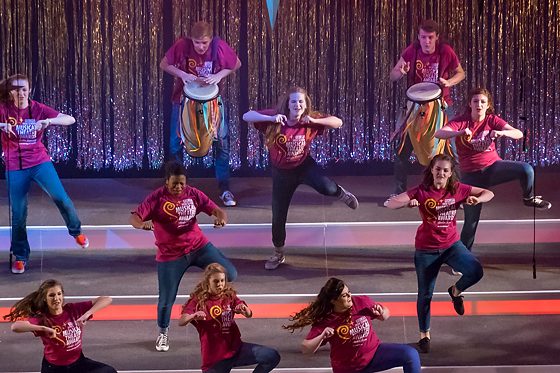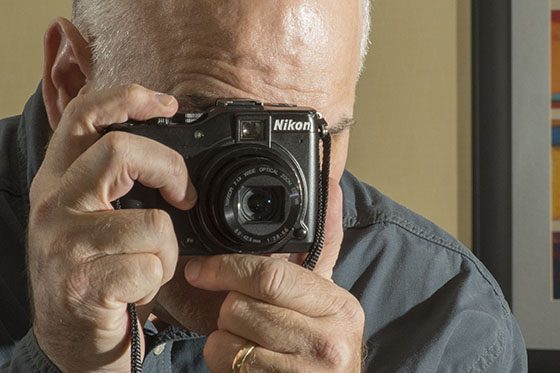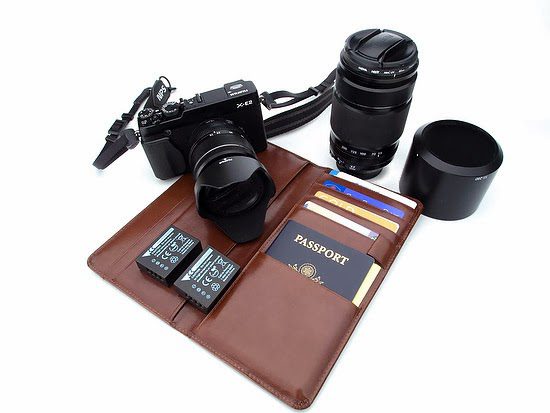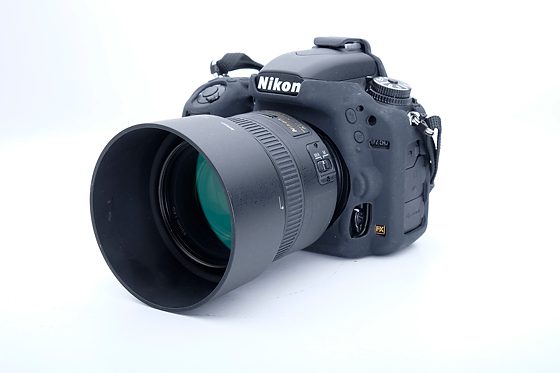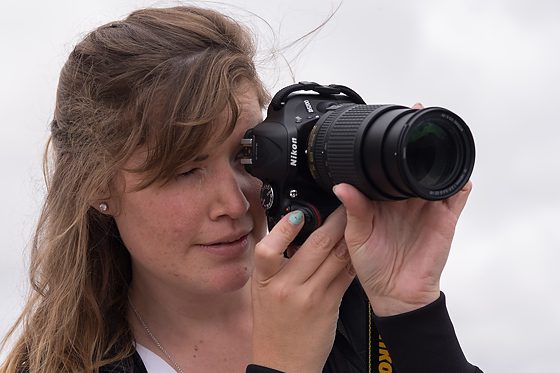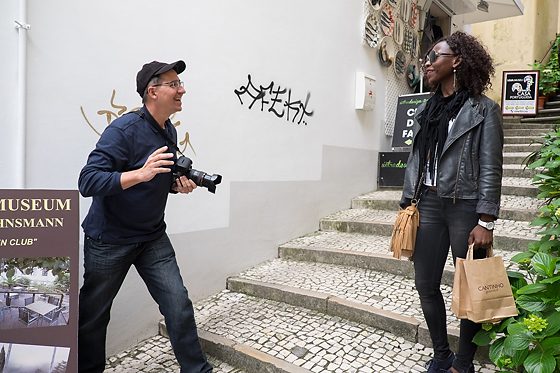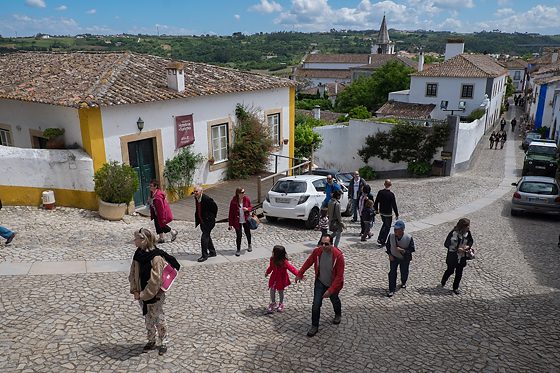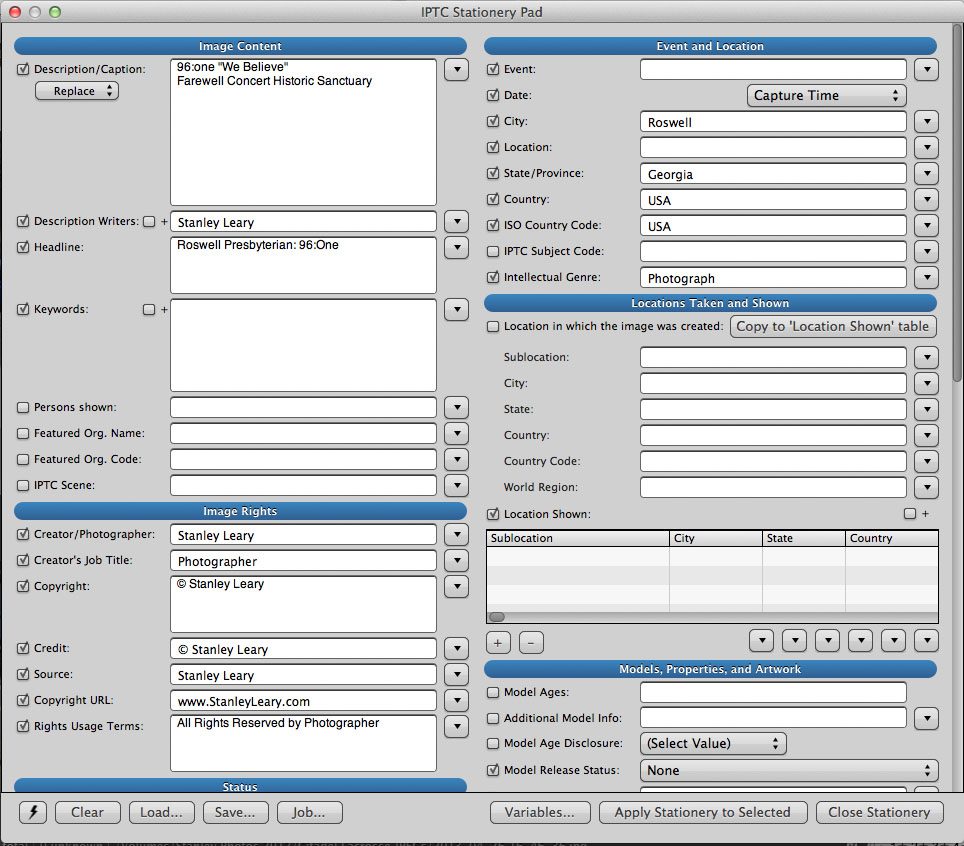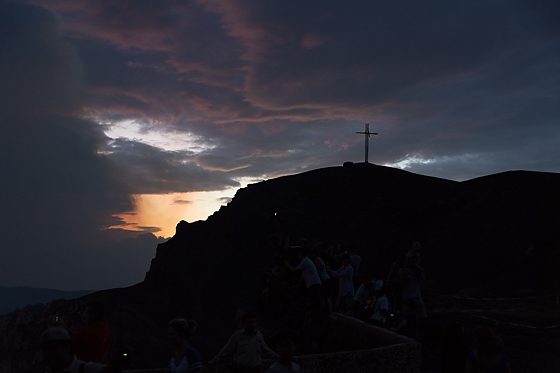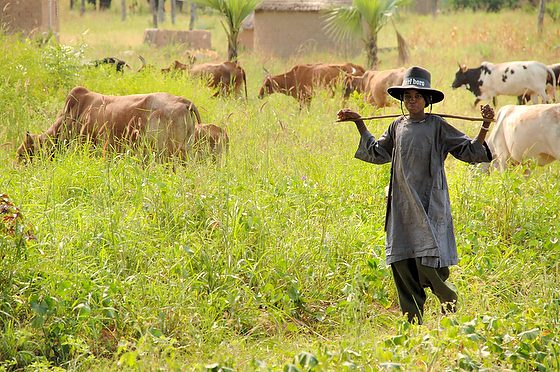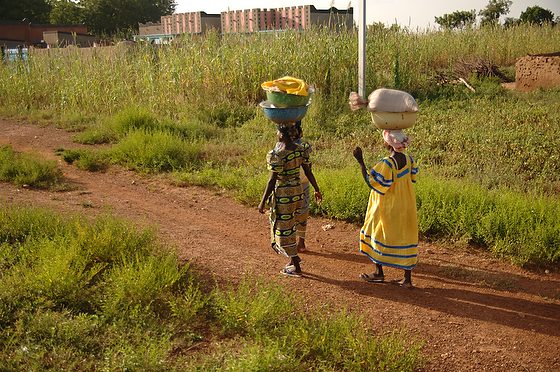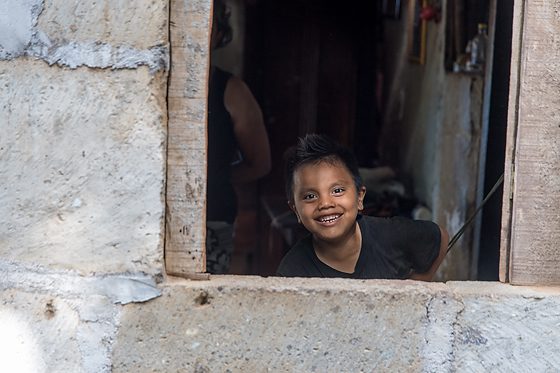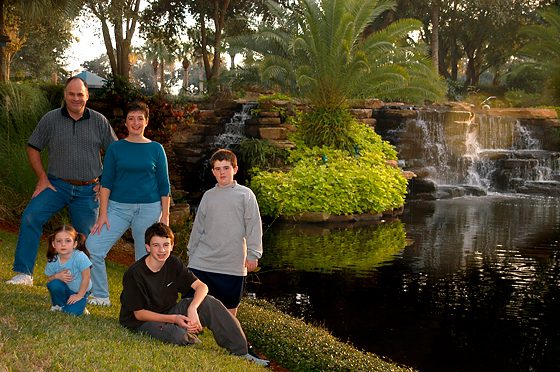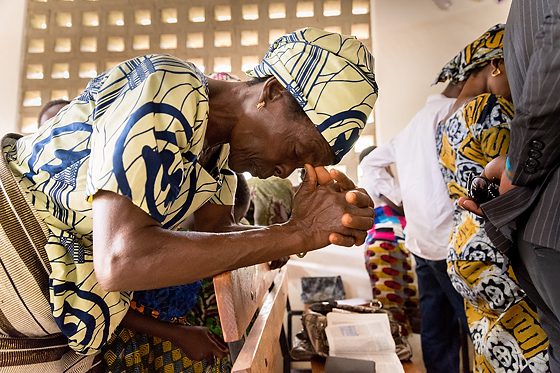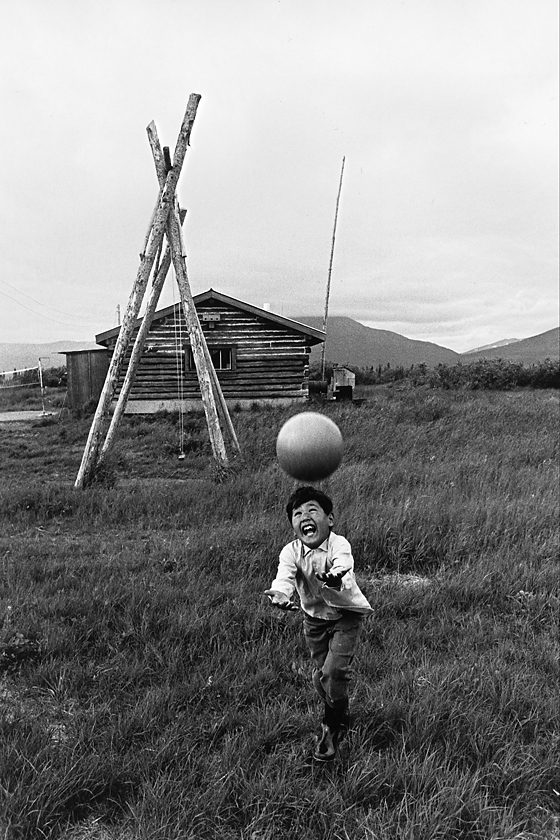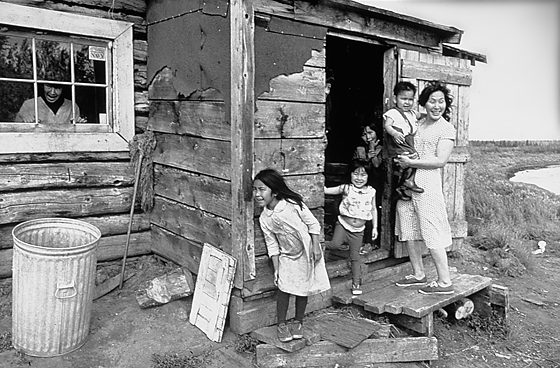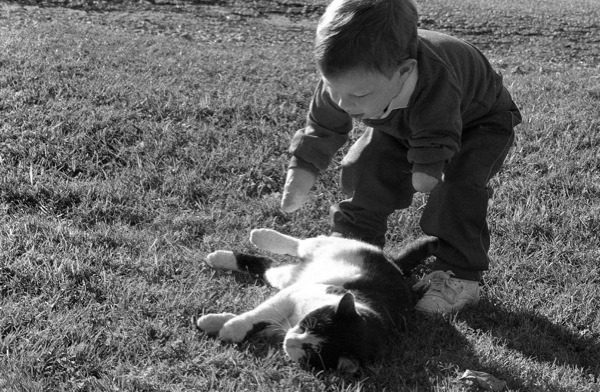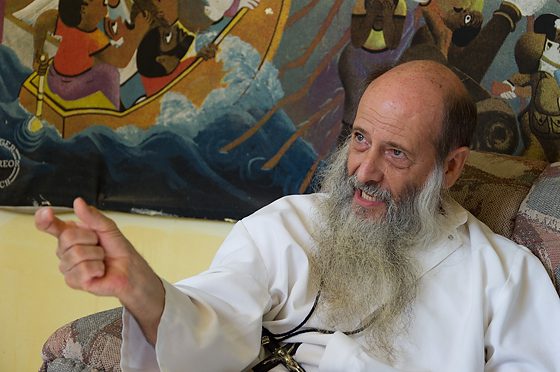Nikon D3, 14-24mm, ISO 200, ƒ/13, 1/3
Thinking aloud is a standard and beneficial aspect of human cognitive function. It helps us remember things, work through complicated tasks, and boosts our self-esteem. However, in many situations, thinking out loud is inappropriate, especially when you are the one leading.
If you have a goal and objectives and someone asks questions, you can easily handle this and even think aloud because you will be thinking about how to keep the question on a topic and drive everyone to the goal.
However, if you have no goal, everyone will get lost, and not much is accomplished.
What do communications and education have in common? Well, they have a lot in common.
Goals & Objectives
Both communications and education share that they have an audience and a message. They also have goals and objectives that they are trying to achieve.
Lately, I continue to find myself in meetings and situations where people are leading a group and don’t know what they are doing. How do I know this because they lose me in their train of thought?
In education, you have an Objective – A statement of purpose for the whole lesson. It tells us what the students will be able to do by the end of the study.
In communications, objectives include (1) creating awareness, (2) imparting knowledge, (3) projecting an image, (4) shaping attitudes, (5) stimulating a want or desire, and (6) effecting a sale.
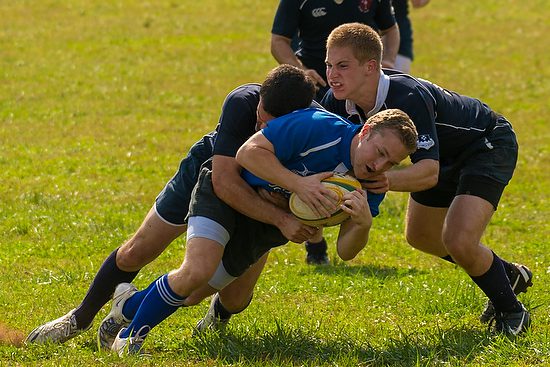
Now imagine playing a sport like a rugby and having no goals. Which way will you run when you have the ball?
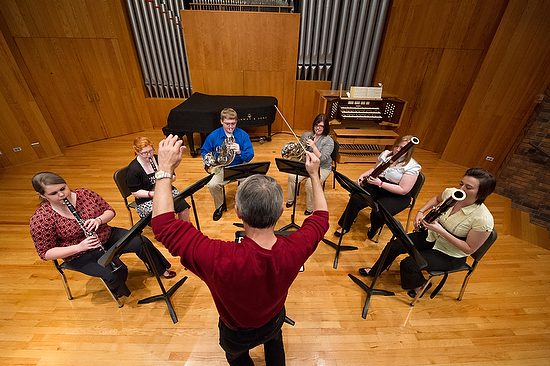
When you are teaching or being a communicator, you are very much like an orchestra conductor. You are leading the group to a goal.
Engage First
Your first objective as a teacher or communicator is to hook your audience. A story or question can be a great way to grab the audience’s attention.
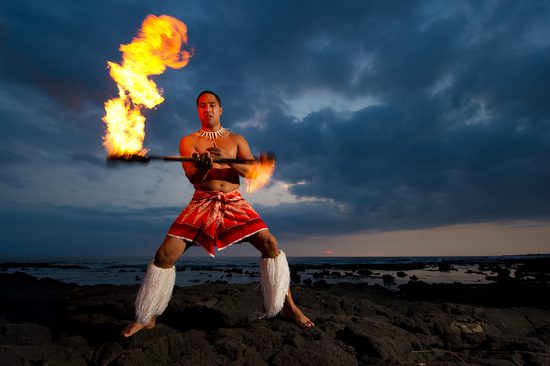
With photography, we use a photo that grabs your attention. In teaching, questions are often used to pique the audience’s attention, but your first job is to get their attention.
The best place to start with your attention-grabbing moment is to think about your goal.

Let’s say my goal is to sell light sticks. To get your attention, I set up a situation where the power goes out in a house, and you have to go down to the basement to check the circuit breakers. So to get your attention, I show the product being used but also create that tension of the mother holding the boy’s hand going down the stairs.
Procedure
Now in lesson planning, we write out a list of steps. In communications, you do the same, but we talk about this as sequencing.

In education, you may teach a person English by starting with just spelling. Here is the word and how it is spelled. Then you give spelling tests.
The next stage is then to use a word in a sentence. Maybe you have a word with different spellings and want to test for comprehension. You use the word there in one sentence and then there in another. The students then put the correct spelled word in those sentences.
Then to take the lesson plan to the next stage, you just put the word on the chalkboard and ask them to write a sentence using it.
As you can see, you continue your lesson plan until you meet your goal for that lesson. Your goal may be simple, like on the level of knowledge, or as complex as having a student function at the evaluation level of knowledge about a topic.
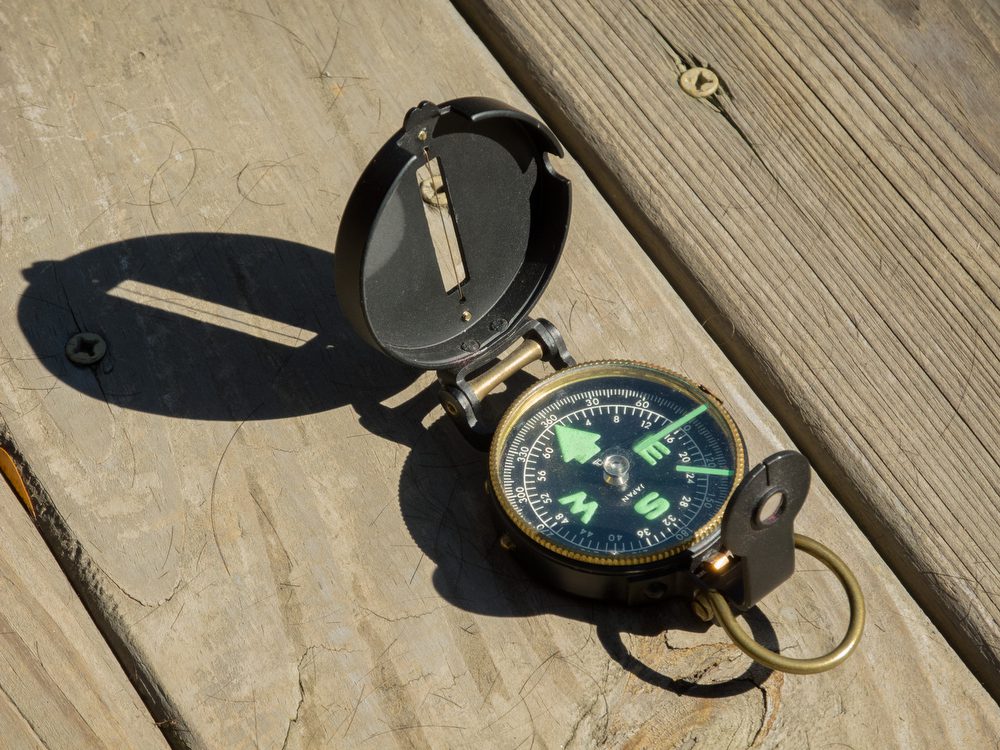
Think of your message as using a compass. You can always get back on track to your destination if you know where true north is.
The problem I see with many who lead discussions is they don’t know their true north or how to get there.
A List isn’t a Plan
Too many people have written down a list of things to cover and think that is a lesson plan. That is just a list. If someone asks a question, they get upset. They want to go down their inventory and cover it completely.
They don’t have any objective other than covering their list.
Ask Yourself
Start with what difference was made in your life because of this topic. How did this change your life? This is an excellent place to start with what you are trying to convey.
Think like your audience
Just because the information you learned that changed your life is something you think others should benefit from, it will not unless it is relevant to them.
If the way you came to understand the concept was through the use of a sports metaphor, don’t make the assumption this will work for others.
Learn what is relevant to them.
If you are trying to teach others how God is relevant to our lives and you grew up playing sports, you may talk about God as being the coach or quarterback for an analogy.
However, the geek may need a metaphor of thinking of God like ROM for their computer or if they are a musician as God as the director of the orchestra.
Keeping it Simple
- Know your Objective
- Remember, you are not the audience.
- Know your audience and what is relevant to them
- Remember to start with getting their attention.
- Invite participation with the idea of engaging
- Communicate in stages/steps/sequence
- Know when to stop

